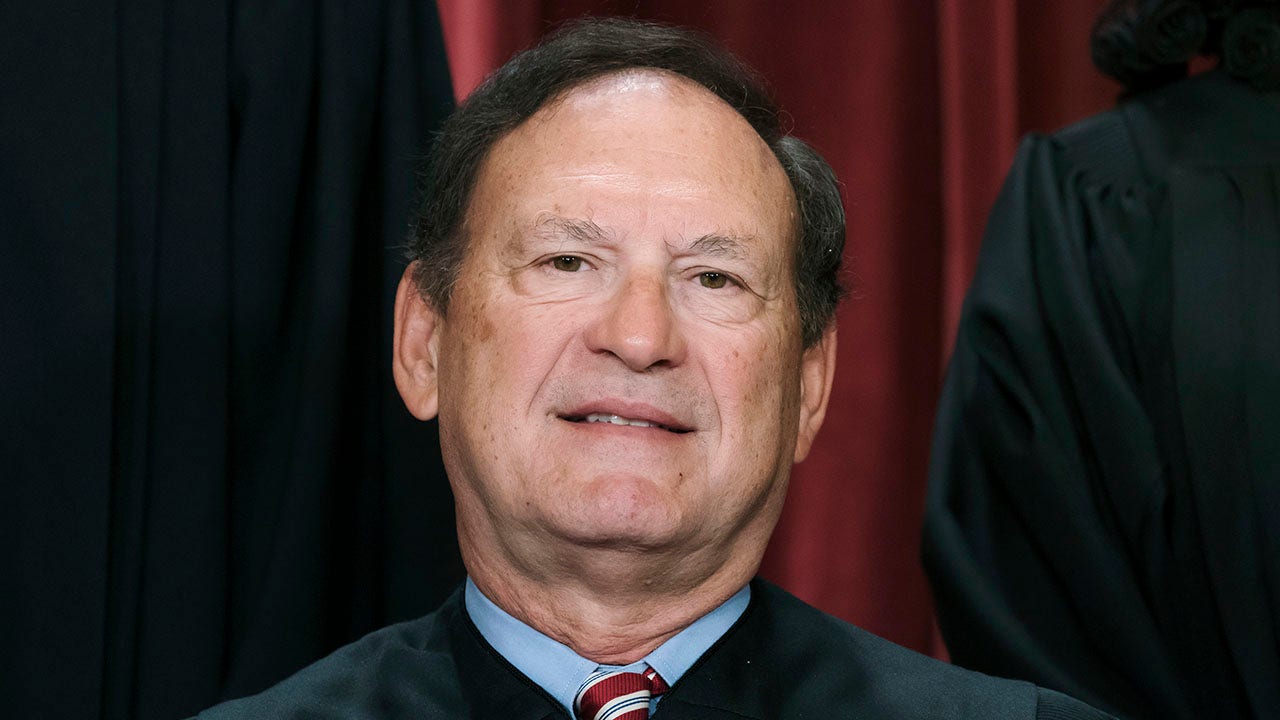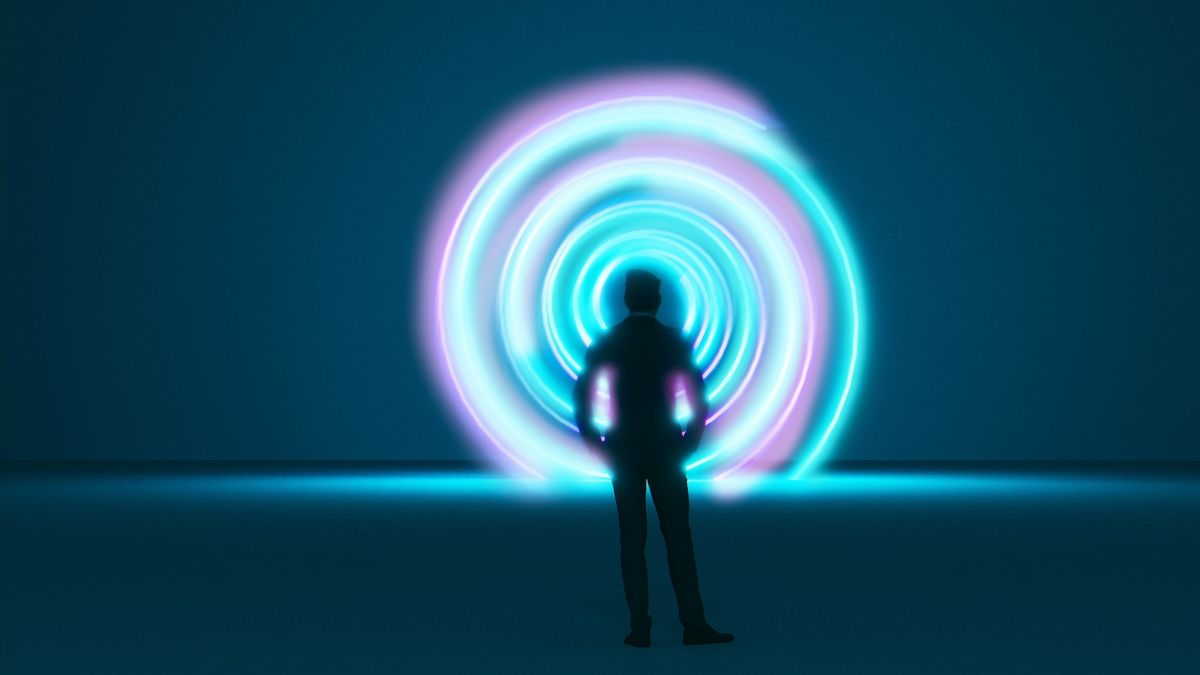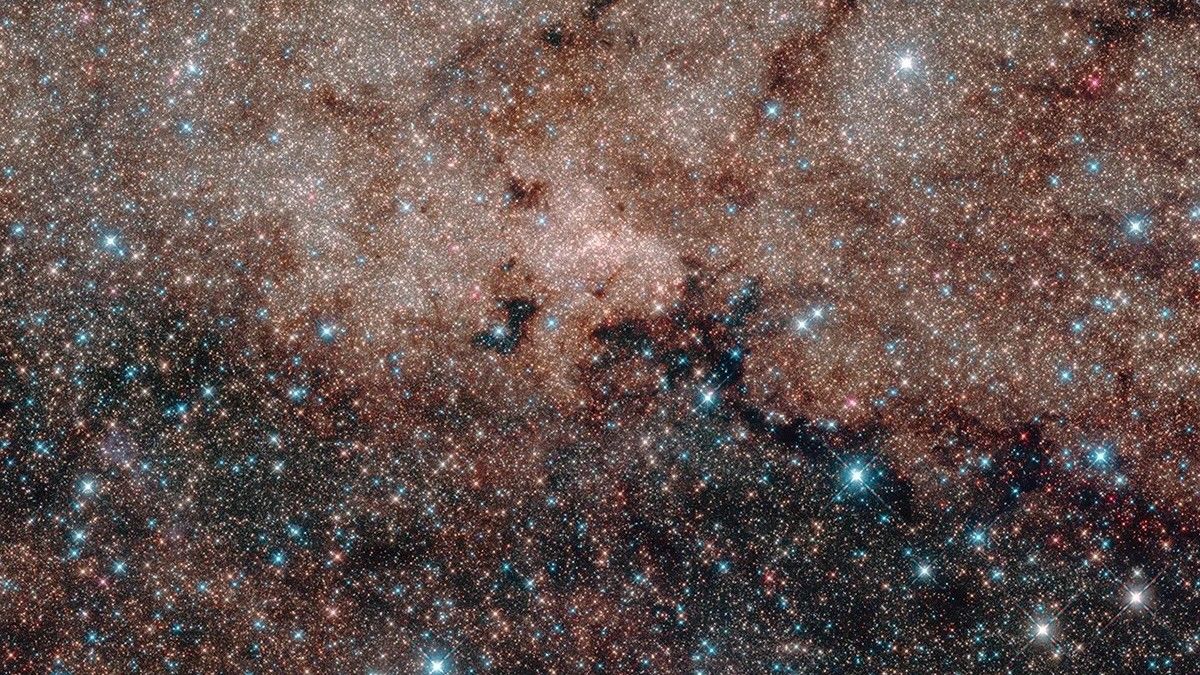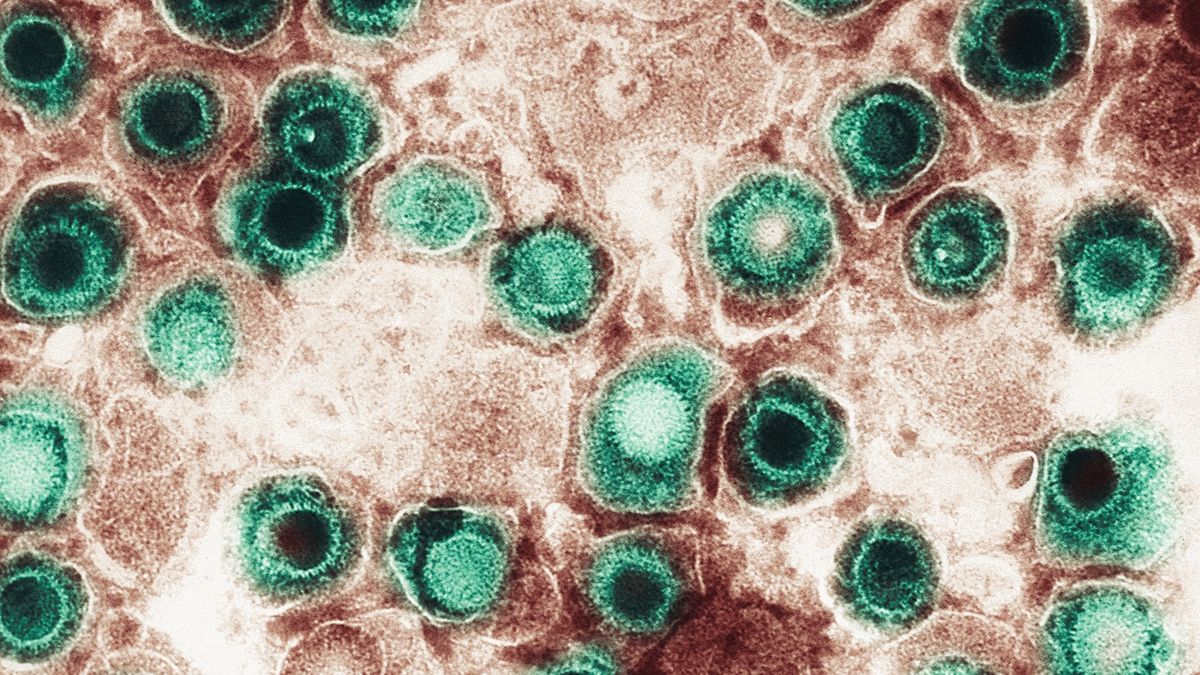Time travel has long been dismissed as impossible due in part to the infamous “grandfather paradox.” This conundrum asks what would happen if someone traveled back in time and prevented their grandfather from having children, thus erasing the traveler’s existence. However, a new study may have resolved this issue.
By combining general relativity, quantum mechanics, and thermodynamics, the study demonstrates that time travel might be feasible without leading to these logical contradictions.
The physics of time loops
Our everyday understanding of time is rooted in Newtonian physics, where events progress linearly from the past to the future. But Einstein’s general theory of relativity, completed in 1915, challenges this intuitive assumption. It reveals that the fabric of space-time can behave in ways that defy common sense, as evidenced by phenomena like black holes. One of its most fascinating predictions is the potential existence of closed timelike curves — paths through space-time that loop back on themselves, theoretically allowing a traveler to revisit the past.
“In general relativity, all forms of energy and momentum act as sources of gravity — not just mass,” study author Lorenzo Gavassino, a physicist at Vanderbilt University, told LiveScience via email. “This means that if matter is rotating, it can ‘drag’ spacetime along with it. While this effect is negligible on planets and stars, what if the entire universe was rotating?”
In a universe where all matter rotates, space-time could become so warped that time effectively bends back on itself, forming a loop. A spaceship traveling along such a loop could theoretically return to its starting point, not just in space but also in time. While our universe as a whole doesn’t seem to rotate in this way, rotating masses — such as black holes — can produce similar effects, creating potential environments for closed timelike curves.
The paradoxes of time travel
One of the biggest challenges to time travel lies in the paradoxes it creates. The grandfather paradox is just one example. These issues arise because we assume that the laws of thermodynamics, the laws that govern heat and energy, would function normally on a time loop.
“In fact, the law of increasing entropy — a thermodynamic quantity that measures the degree of disorder in a system — is the only law of physics that distinguishes between past and future,” Gavassino said. “As far as we know, entropy is the sole reason we remember past events and cannot predict future ones.”
Entropy governs many of our daily experiences, from the way our bodies age to how we process memories. Even simple actions, like walking, rely on friction, which itself increases entropy. So how would these processes behave on a time loop?
A quantum solution to paradoxes
Gavassino’s research, published Dec. 12, 2024 in the journal Classical and Quantum Gravity, provides an intriguing solution. Drawing inspiration from the work of physicist Carlo Rovelli, he demonstrated that the behavior of thermodynamics fundamentally changes on a closed timelike curve. On such a loop, quantum fluctuations arise that can erase entropy — a process fundamentally different from what we experience in everyday life.
These fluctuations could have dramatic effects on a time traveler. For instance, as entropy decreases, a person’s memories might vanish, and aging would reverse. “Entropy increase is the reason why we die. What happens when you invert death?” Gavassino asked. This phenomenon could even render irreversible events, like killing one’s grandfather, temporary on a time loop, nullifying the paradox altogether.
“Most physicists and philosophers in the past have argued that if time travel exists, nature will always find a way to prevent contradictory situations,” Gavassino said. “A ‘self-consistency principle’ was introduced, suggesting that everything should align to create a logically coherent story. My work provides the first rigorous derivation of this self-consistency principle directly from established physics. Specifically, I applied the standard framework of quantum mechanics — without additional postulates or controversial assumptions — and demonstrated that the self-consistency of history naturally follows from quantum laws.”
Theoretical and practical implications
While Gavassino’s findings offer a compelling theoretical framework for time travel, the question remains: Do closed timelike curves actually exist in the real universe? Most physicists are skeptical. In 1992, Stephen Hawking, for example, famously proposed a “chronology protection conjecture,” suggesting that the laws of physics might prevent time loops from forming in the first place. This could involve space-time becoming singular — or breaking down — just before a loop could be established.
Still, Gavassino’s work is valuable for pushing the boundaries of our understanding.
“What I find interesting about this topic is the way it forces us to think about the role of entropy in generating our experience of the universe, which is probably my favorite topic in all of physics,” Hawking said at the time.
Even if time loops don’t exist, understanding and modeling them could provide insights into real phenomena. For instance, exploring how real entropy evolves and behaves along a closed trajectory at the subatomic scale could yield fascinating insights into the behavior of subatomic systems and their thermodynamics.
















